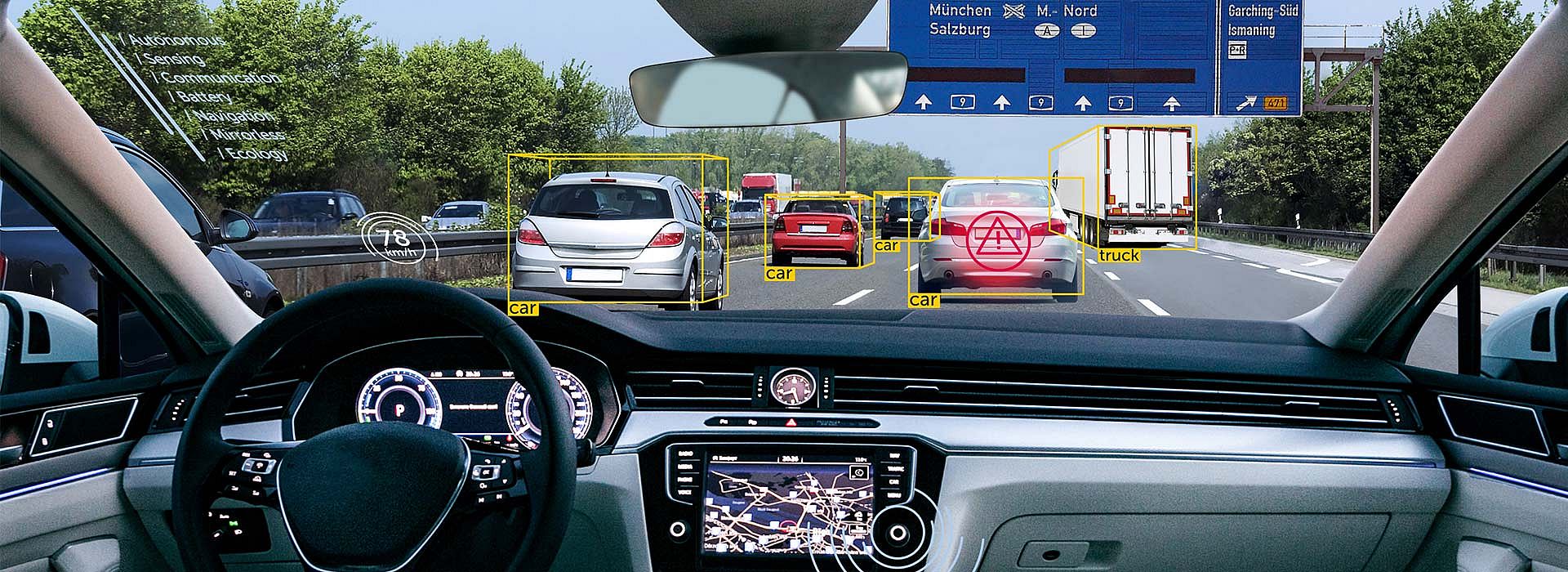Making mobility safer and more comfortable
Apart from are working on improved safety, the participating project partners from research and industry are also creating new opportunities for more targeted traffic management and optimization, such as traffic congestion avoidance. To achieve these goals, the consortium partners – TUM (project lead as of 2020), Cognition Factory, Deutsche Telekom, Elektrobit, Intel and Valeo, plus Huawei and Rohde & Schwarz, two non-members involved in the project – are carrying out development activities and field tests on the A9 digital test field highway and extending into urban areas. These activities include researching and testing information flows in highly-automated vehicles in concert with the participating communications and road infrastructures.
The next set of project milestones were introduced in detail during the initial consortium meeting in December 2020. These include expanding the A9 test route an additional two kilometers and employing 59 new area scan cameras, radar sensors and lidar sensors (a radar-like method for measuring distance and speed) on a section of the test highway between Munich and Garching. The project team will begin to capture data in urban areas in the spring of 2021.






